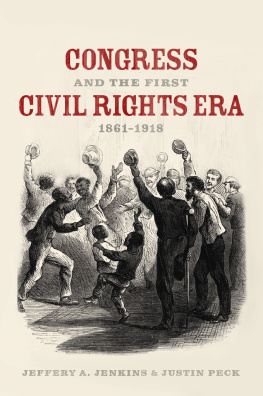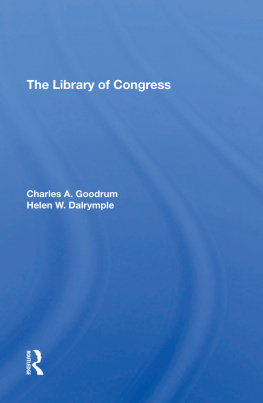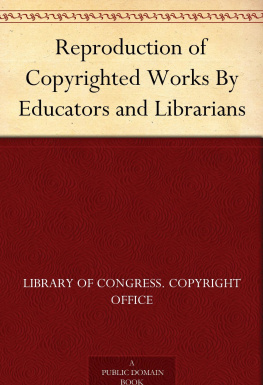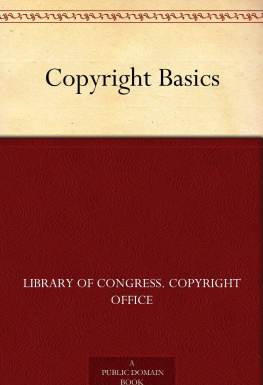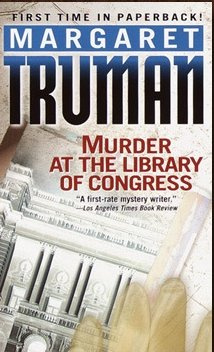Margaret E. Wagner - The Library of Congress Illustrated Timeline of the Civil War
Here you can read online Margaret E. Wagner - The Library of Congress Illustrated Timeline of the Civil War full text of the book (entire story) in english for free. Download pdf and epub, get meaning, cover and reviews about this ebook. year: 2011, publisher: Little, Brown and Company, genre: Science. Description of the work, (preface) as well as reviews are available. Best literature library LitArk.com created for fans of good reading and offers a wide selection of genres:
Romance novel
Science fiction
Adventure
Detective
Science
History
Home and family
Prose
Art
Politics
Computer
Non-fiction
Religion
Business
Children
Humor
Choose a favorite category and find really read worthwhile books. Enjoy immersion in the world of imagination, feel the emotions of the characters or learn something new for yourself, make an fascinating discovery.

- Book:The Library of Congress Illustrated Timeline of the Civil War
- Author:
- Publisher:Little, Brown and Company
- Genre:
- Year:2011
- Rating:5 / 5
- Favourites:Add to favourites
- Your mark:
- 100
- 1
- 2
- 3
- 4
- 5
The Library of Congress Illustrated Timeline of the Civil War: summary, description and annotation
We offer to read an annotation, description, summary or preface (depends on what the author of the book "The Library of Congress Illustrated Timeline of the Civil War" wrote himself). If you haven't found the necessary information about the book — write in the comments, we will try to find it.
The Library of Congress Illustrated Timeline of the Civil War — read online for free the complete book (whole text) full work
Below is the text of the book, divided by pages. System saving the place of the last page read, allows you to conveniently read the book "The Library of Congress Illustrated Timeline of the Civil War" online for free, without having to search again every time where you left off. Put a bookmark, and you can go to the page where you finished reading at any time.
Font size:
Interval:
Bookmark:
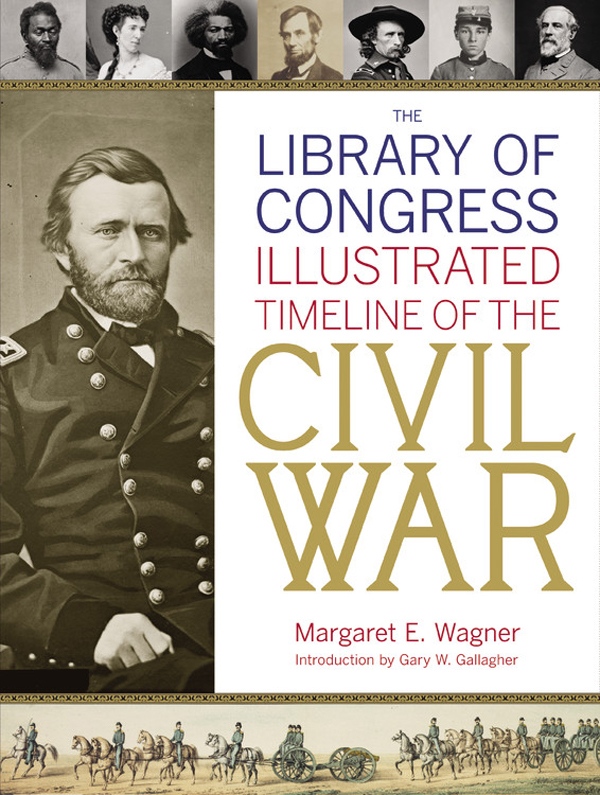
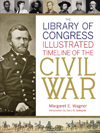
To the millions of Americans and aspiring Americans, sung and unsung,
who have sacrificed to create and maintain the United States;
and to all those who honor them by exploring and preserving the nations history.

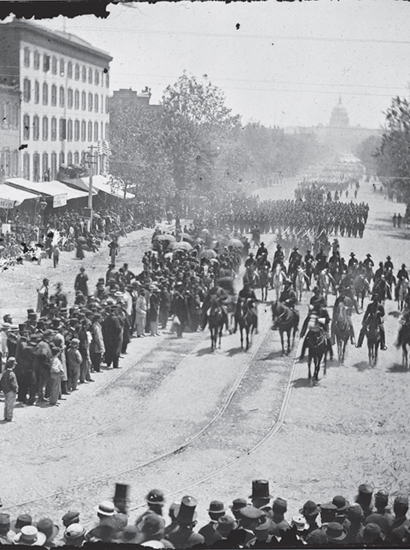
The Grand Review of the Army. General Henry W. Slocum (Army of Georgia) and staff passing on Pennsylvania Avenue near the Treasury. Photograph by Mathew Brady, May 1865
On July 4, 1860, Americans at home and abroad sang, marched, recited the Declaration of Independence, and raised glasses to toast the eighty-fourth birthday of the United States of Americaan unprecedented, if greatly flawed, democratic republic established by people determined to forge a future untainted by the tyrannies of the past. Yet only a few months after these grand celebrations, Southern stateswhose economies rested heavily upon the backs of four million people held in slaverybegan seceding from the Union. By February 1861, the American experiment in representative democracy trembled on the verge of failure.
Two weeks after the artillery barrages in Charleston Harbor ignited the Civil War, the Library of Congress celebrated its sixty-first birthday. Then located in the U.S. Capitol, the Library held seventy thousand volumes and a small collection of maps that members of Congress consulted as they addressed the increasingly complex issues confronting the troubled nation. Southern legislators who had withdrawn from Congress and returned to their states still had some 276 volumes charged out to them that historic April; and Commander in Chief Lincoln would soon be borrowing books from the Librarys collections as he schooled himself in military strategy during the first years of the war. In May 1861, President Lincoln appointed a political supporter, Indiana physician John G. Stephenson, as the fifth Librarian of Congress. This proved to be beneficial for many of the soldiers who garrisoned the nations capital, for, in addition to heading the small Library staff, Stephenson volunteered his medical services in some of Washingtons hospitals and makeshift infirmaries. In 1863, he served as a volunteer aide-de-camp during the battles of Chancellorsville and Gettysburg.
Stephenson and the assistant librarian, Ainsworth Rand Spofford, who became the sixth Librarian of Congress in 1864, also began acquiring material pertaining to the Civil War, a process that continues to the present day. Among the more than 145 million items that the Library now holds for Congress, the nation, and the world are well over a thousand discrete manuscript collections, including the papers of Abraham Lincoln, Angel of the Battlefield Clara Barton, abolitionist and former slave Frederick Douglass, and Confederate general Jubal A. Early, as well as letters and diaries of many less well-known soldiers and civilians on both sides.
Our Civil War collections also include military maps created by both Confederate and Union topographical engineers; photographs by Mathew Brady, George Barnard, Timothy OSullivan, and others; original drawings made by Alfred R. Waud and other Union special artist-correspondents and by soldier-artists such as William McIlvaine, James Fuller Queen, and Charles Wellington Reed; sheet music written and sung during the war; envelopes decorated with Union and Confederate political messages; law books and other administrative publications of the Confederate and United States; color and black-and-white lithographs depicting battles, leaders, and patriotic wartime themes; political cartoons, newspapers, and broadsides; dime novels, poetry, and memoirs published during the war; and thousands upon thousands of postwar memoirs and histories, including contemplations of the war and its reverberations published during the fiftieth, seventy-fifth, and one hundredth anniversaries of our nations most rending conflict.
Published as the sesquicentennial commemoration of the war begins, The Library of Congress Illustrated Timeline of the Civil War includes more than dozens of illustrations as well as a rich compendium of facts and quotations drawn from this unparalleled wealth of material. Starting with the journeys that presidents-elect Lincoln and Davis began on February 11, 1861, departing their homes to travel to their inaugurations, and concluding with a brief survey of postwar changes and challenges, this absorbing outline of four of the most difficult years in American history reflects the complexity, anguish, stubborn determination, and valor that characterized both sides of this bitter, fratricidal war. More than a history, the Illustrated Timeline is also an invitation to delve more deeply into Civil War history by visiting the Libraryonline at .
Emerging from the war terribly wounded but still very much intact, with slavery finally and forever outlawed within its borders, the United States has gone on to celebrate 146 birthdays since 1865. Each year of the countrys existence brings stunning accomplishments and formidable challenges; each challenge underlines the importance of moving into the future armed with the best possible understanding of the past. In the Library of Congress, so often and aptly called the Nations Memory, history is alive and accessible in media from books to movies, from manuscripts to tweets. I hope you will accept this invitation to explore our collections. You will be amazed, moved, stimulated, and enlightened by what you will find.
James H. Billington
The Librarian of Congress
The Library of Congress Illustrated Timeline of the Civil War draws readers into a turbulent world of violence and uncertainty. One hundred and fifty years have passed since Confederate artillery at Charleston shelled the United States garrison holding Fort Sumter. The incident shocked many people but struck others as a predictable outgrowth of sectional tensions that had been building for decades. Though bound by a common language, religion, and shared history, the white North and South had grown increasingly polarized about the expansion of slavery into Federal territories and other issues related to what white Southerners referred to as the peculiar institution.
Between the 1840s and the end of the 1850s, major Protestant denominations split along sectional lines, the Second Party System of Whigs and Democrats fractured, and a significant percentage of Northerners and white Southerners came to believe that fundamental differences divided them and that they should expect the worst from fellow citizens across the Ohio River or Mason and Dixons Line.
The election of Abraham Lincoln, a Republican pledged to barring slavery from the territories, ignited passions that sent the seven states of the Deep South out of the Union within three months. Four Upper South states followed in the wake of Fort Sumter. The war that soon pitted residents of the incipient Confederate nation against the loyal population of the United States far surpassed in fury, duration, and consequences anything imagined by even the most prescient observers in April 1861. More than a million citizen-soldiers became casualties620,000 of them dead from wounds or disease; millions of civilians directly experienced economic, political, and social disruption; and, perhaps most strikingly within a mid-nineteenth-century context, four million enslaved African Americans emerged from the war as free men, women, and children.
Font size:
Interval:
Bookmark:
Similar books «The Library of Congress Illustrated Timeline of the Civil War»
Look at similar books to The Library of Congress Illustrated Timeline of the Civil War. We have selected literature similar in name and meaning in the hope of providing readers with more options to find new, interesting, not yet read works.
Discussion, reviews of the book The Library of Congress Illustrated Timeline of the Civil War and just readers' own opinions. Leave your comments, write what you think about the work, its meaning or the main characters. Specify what exactly you liked and what you didn't like, and why you think so.



